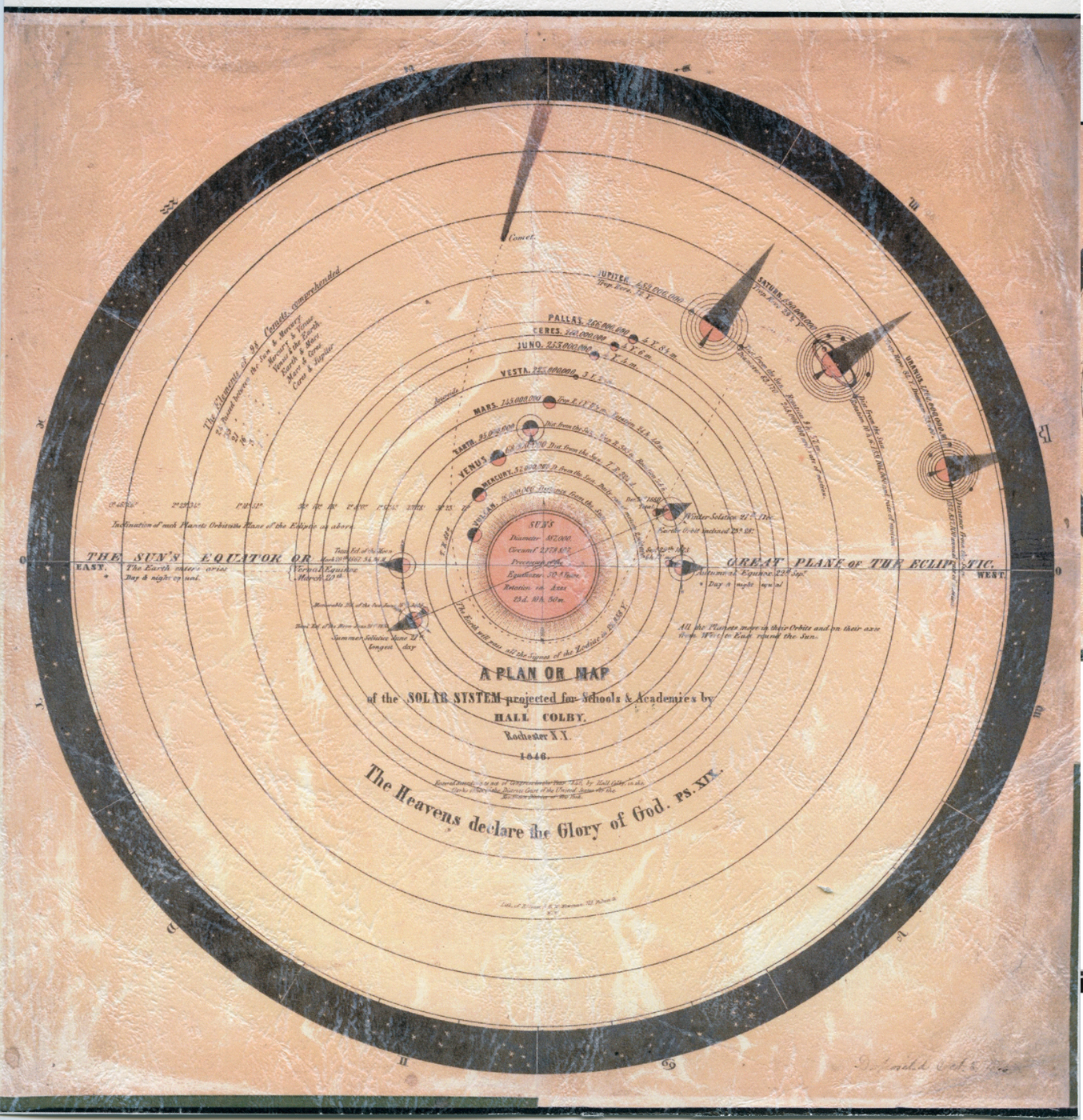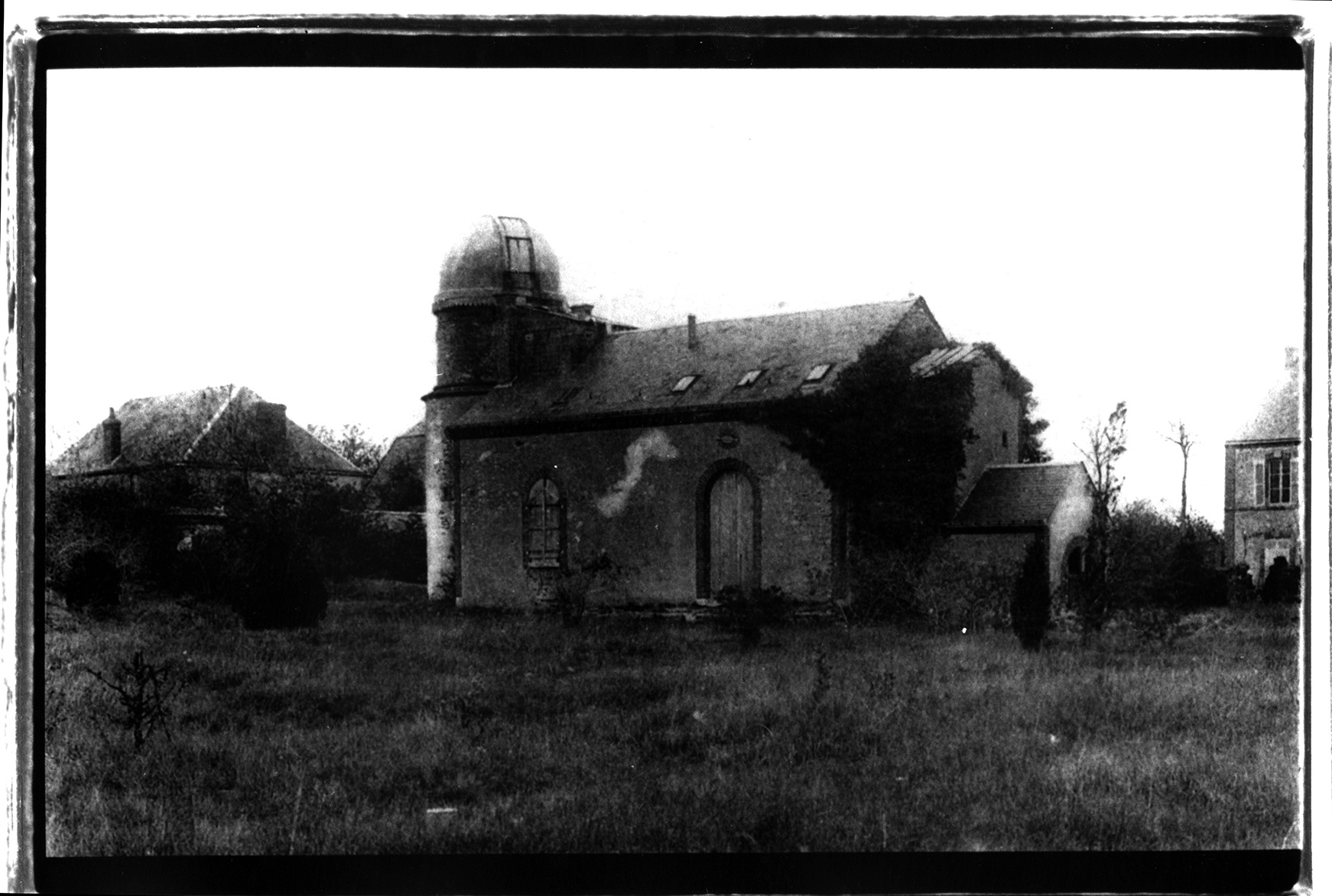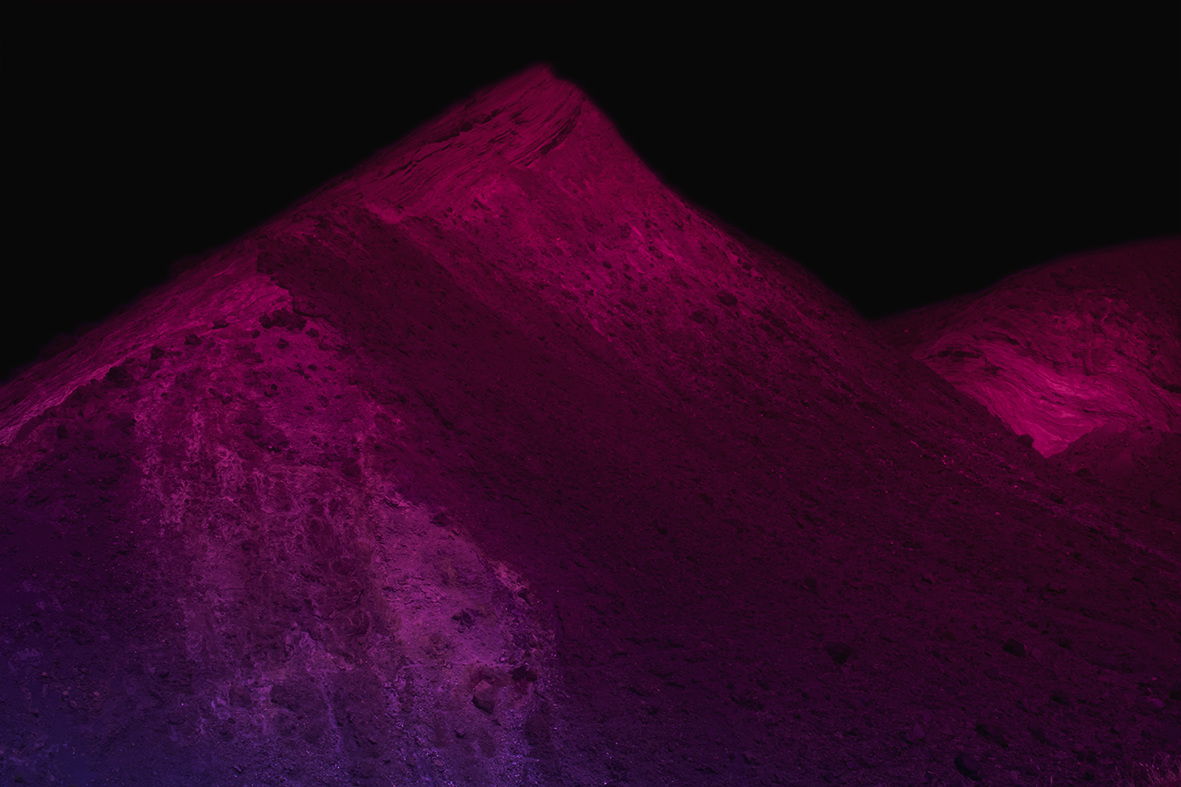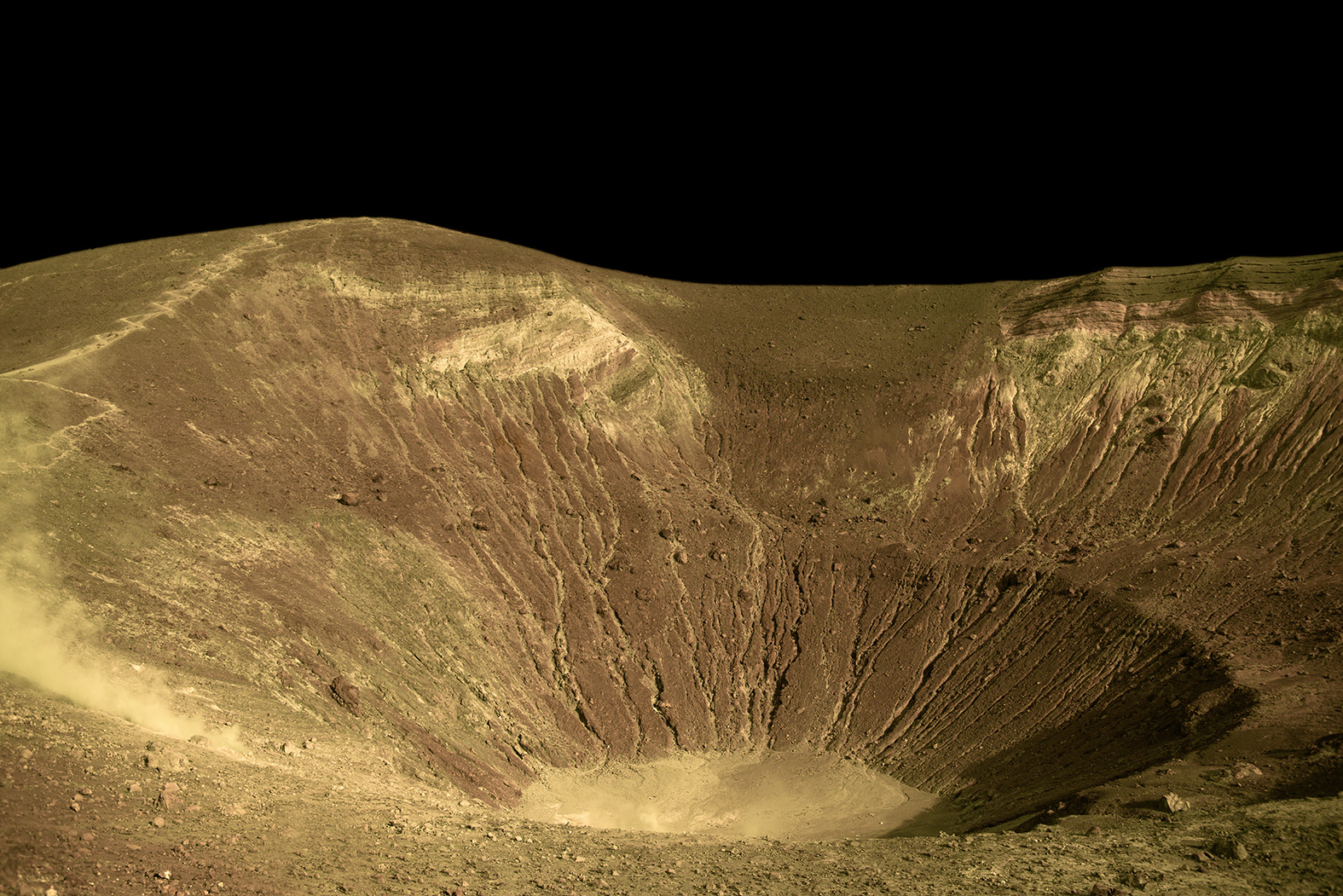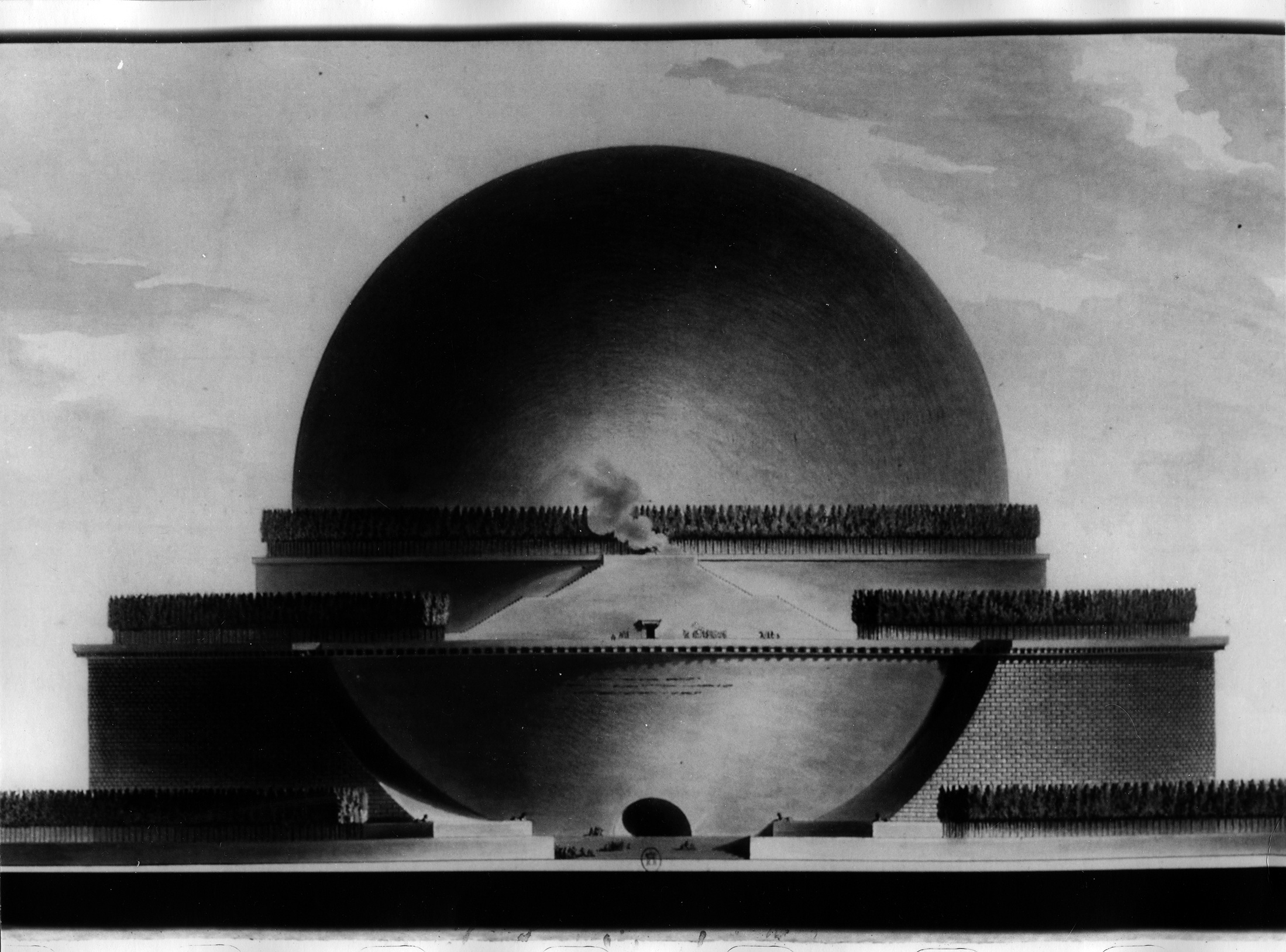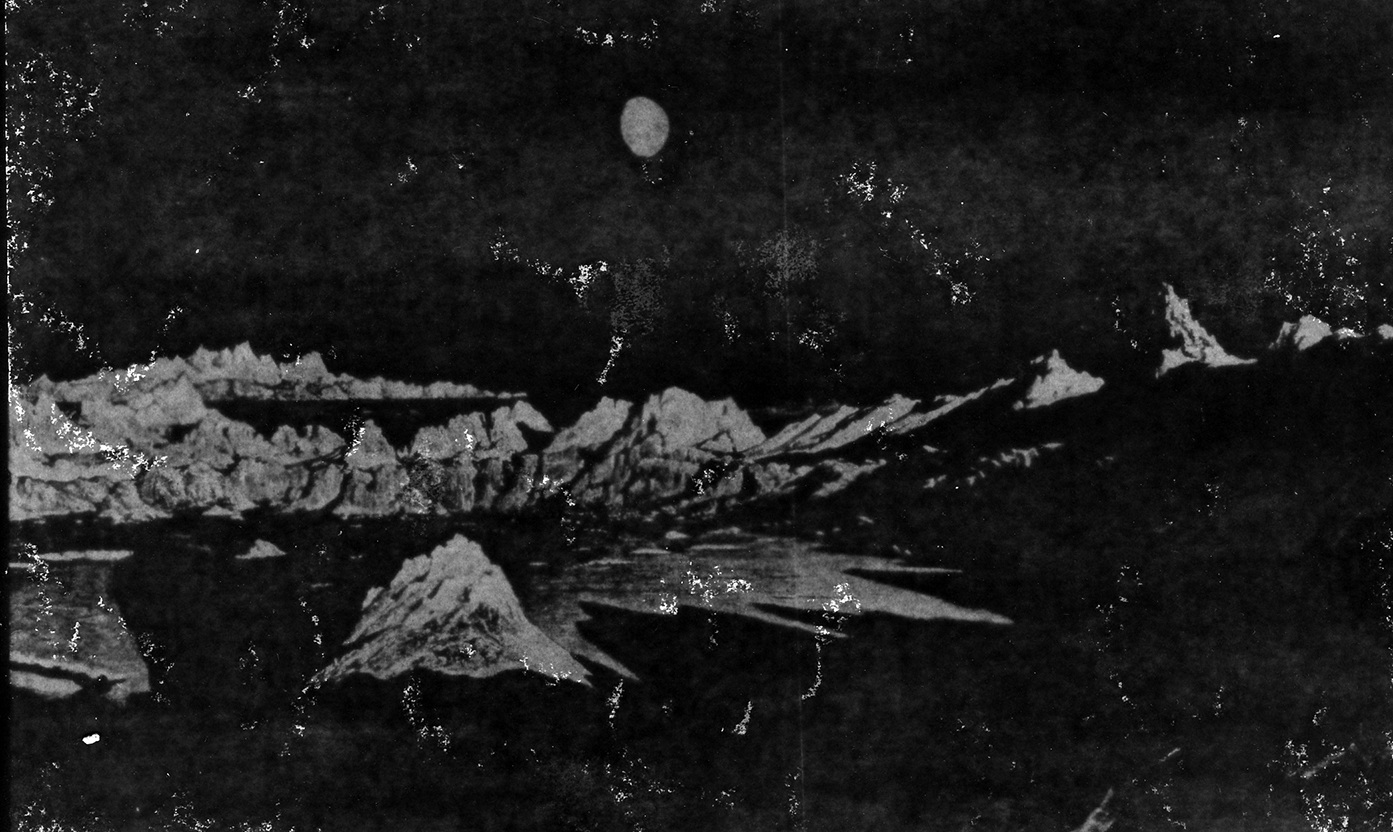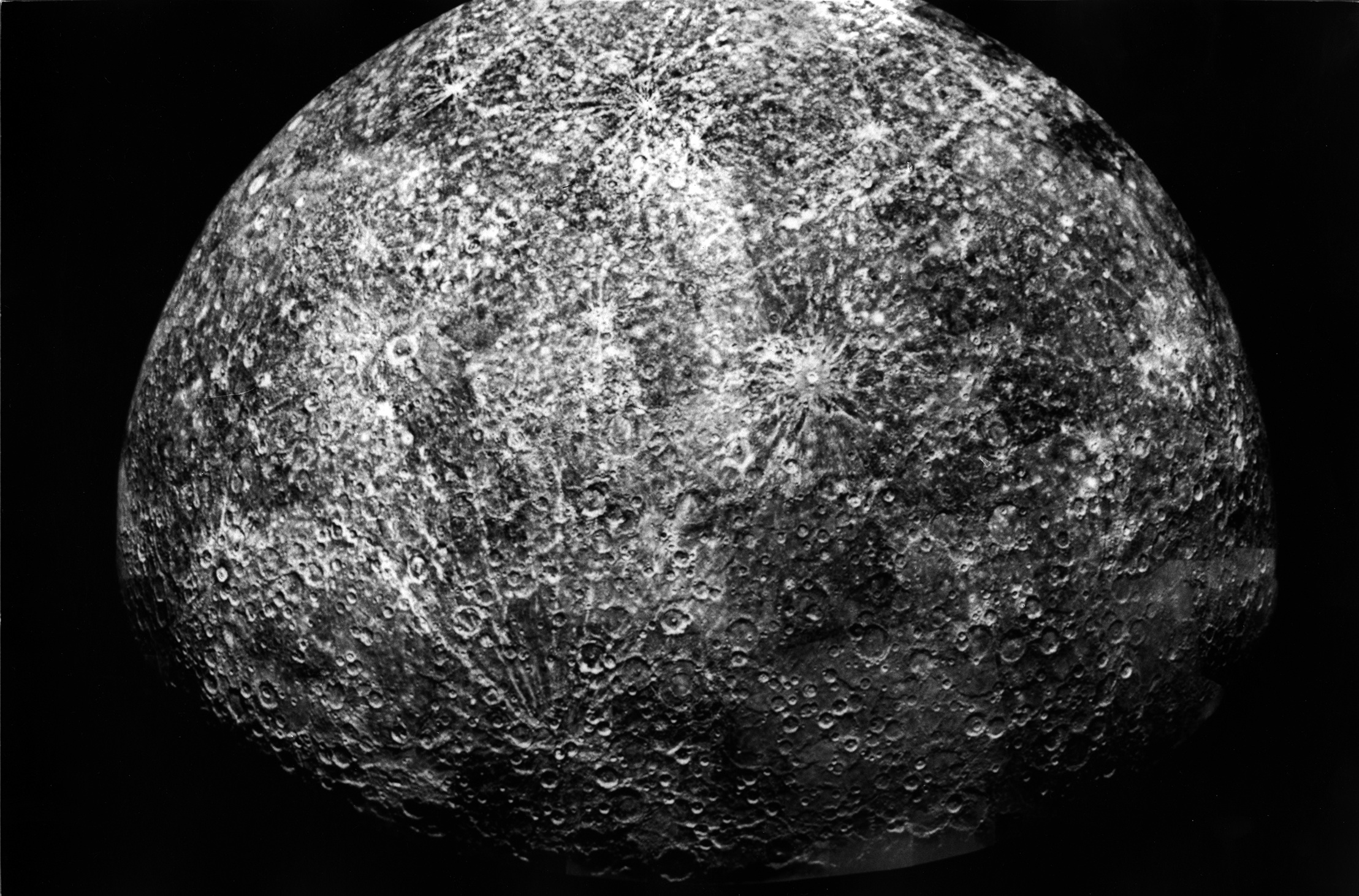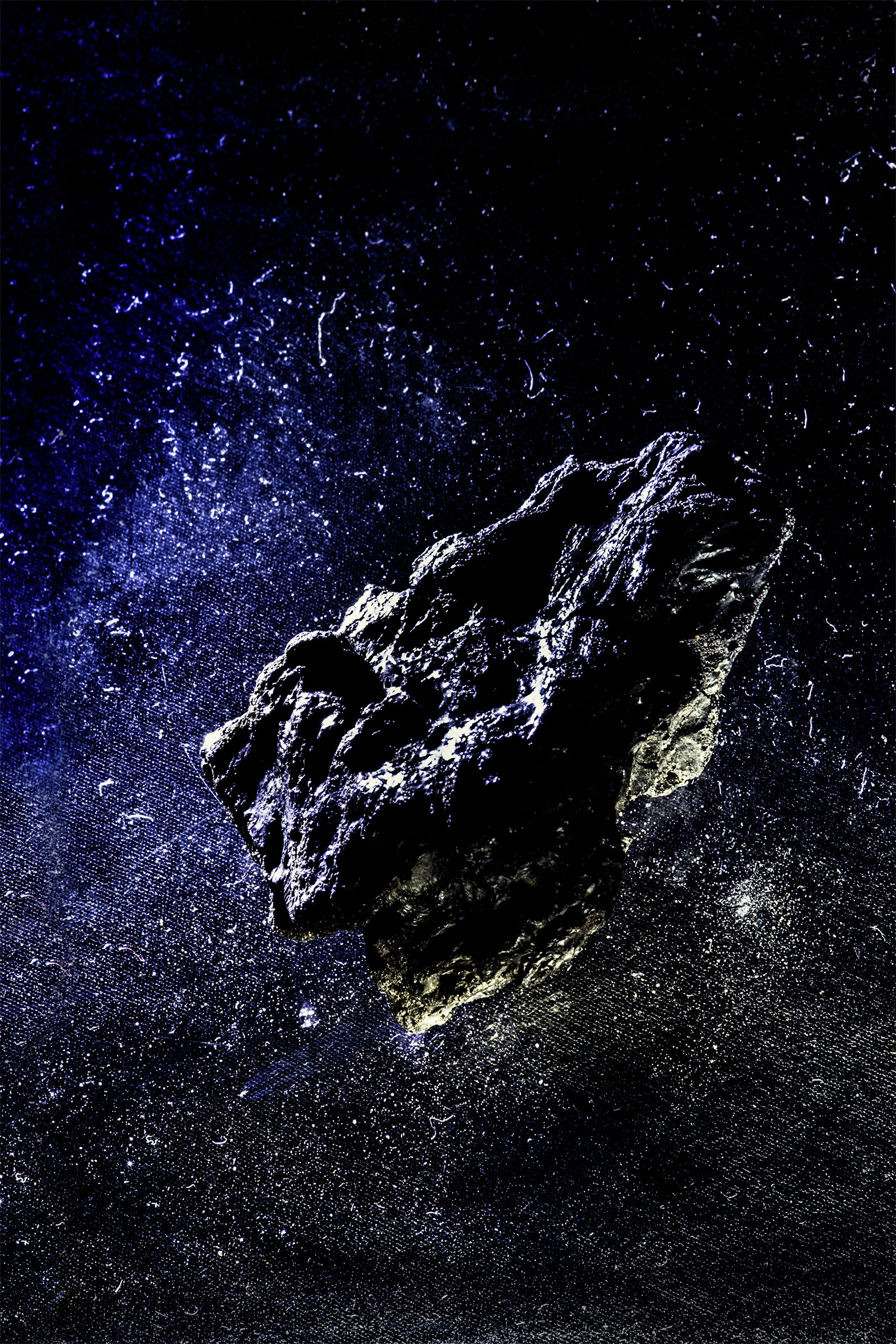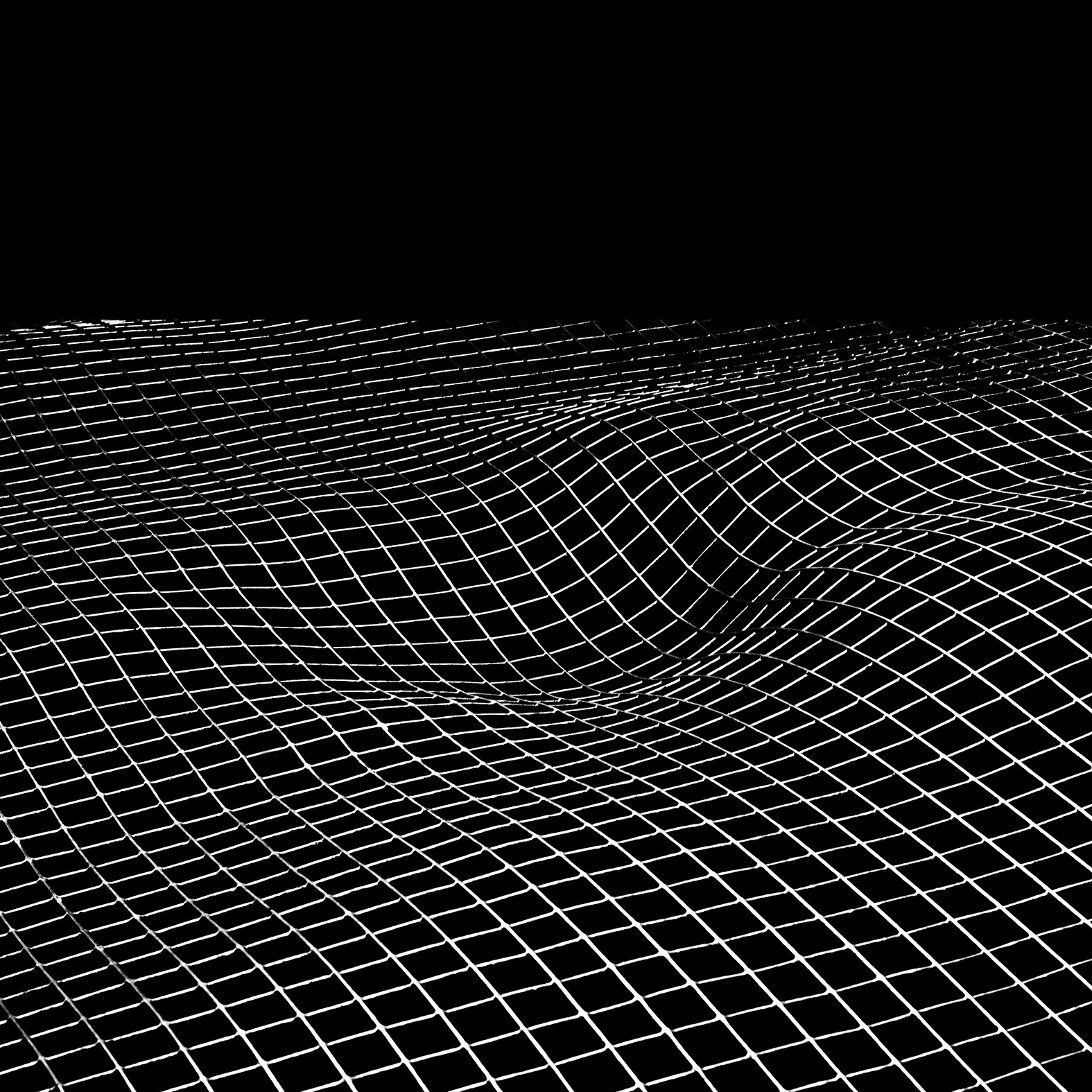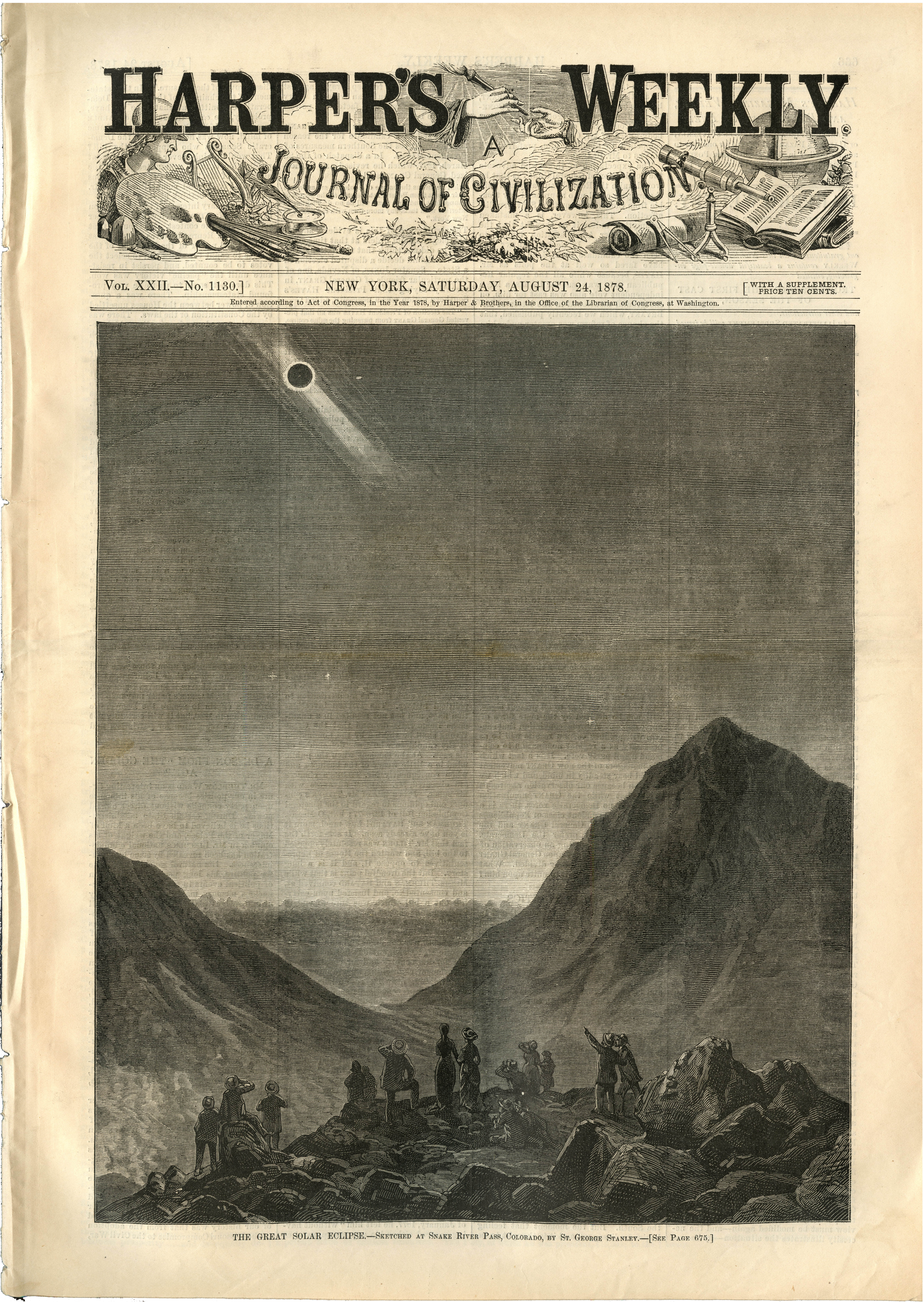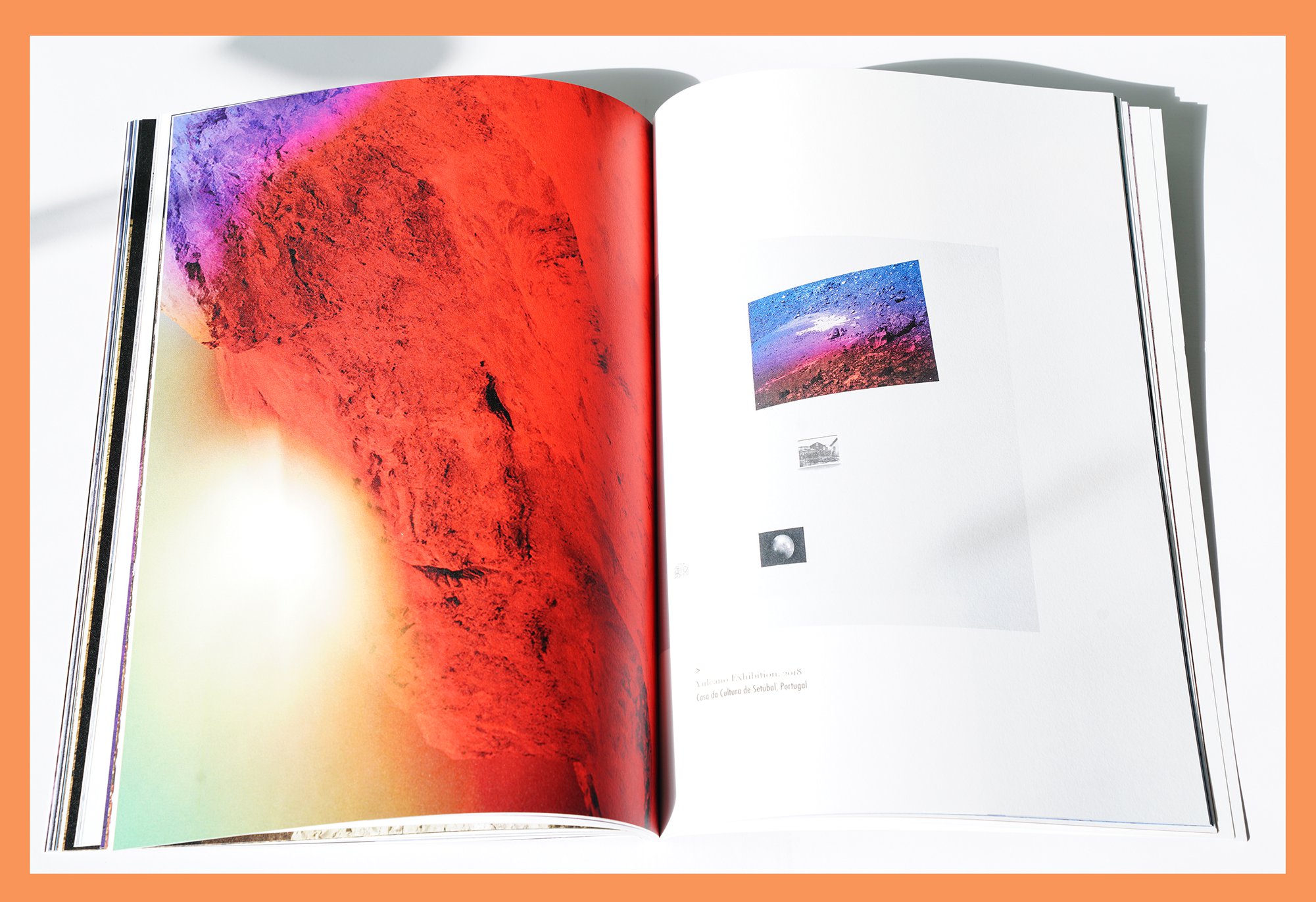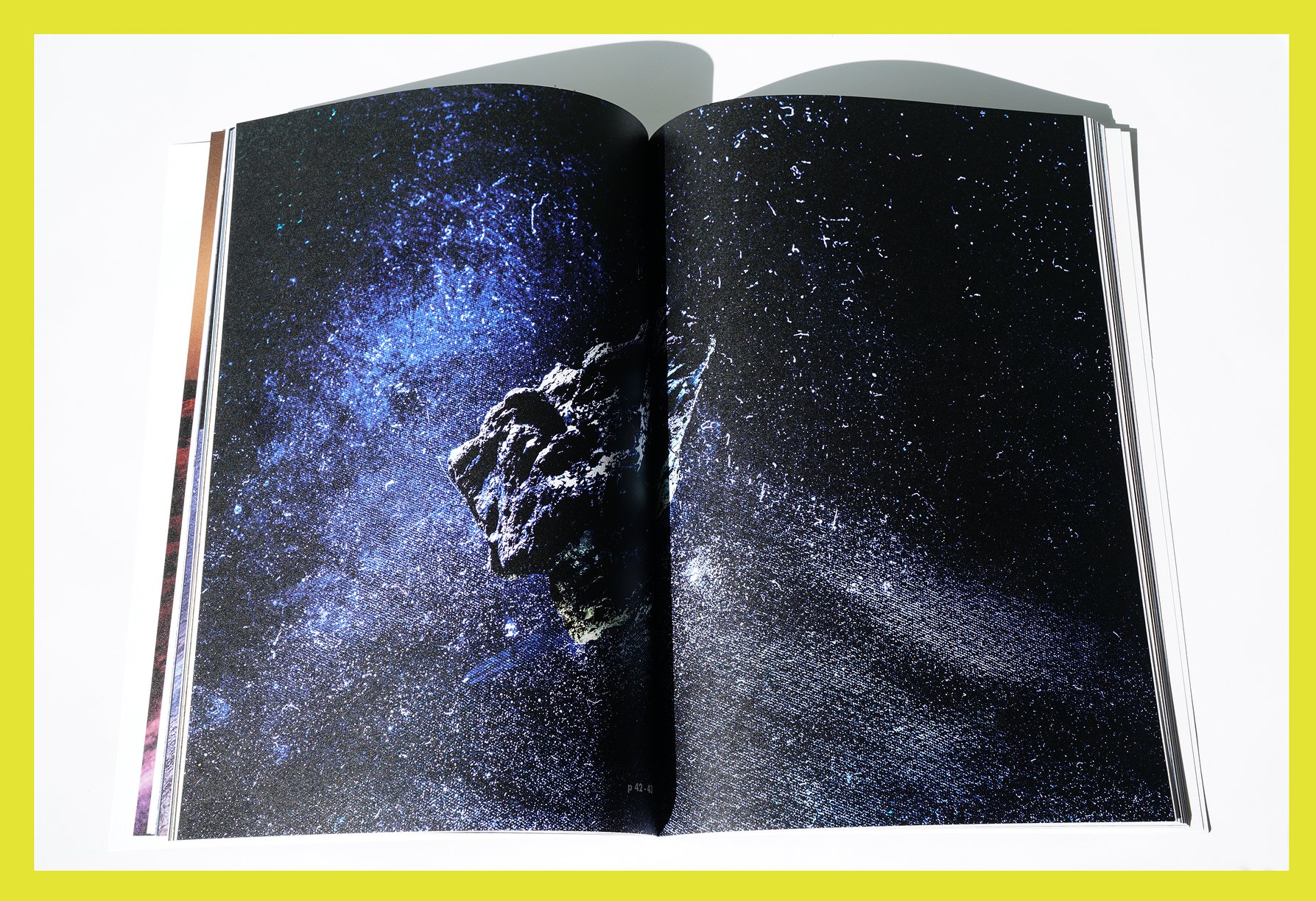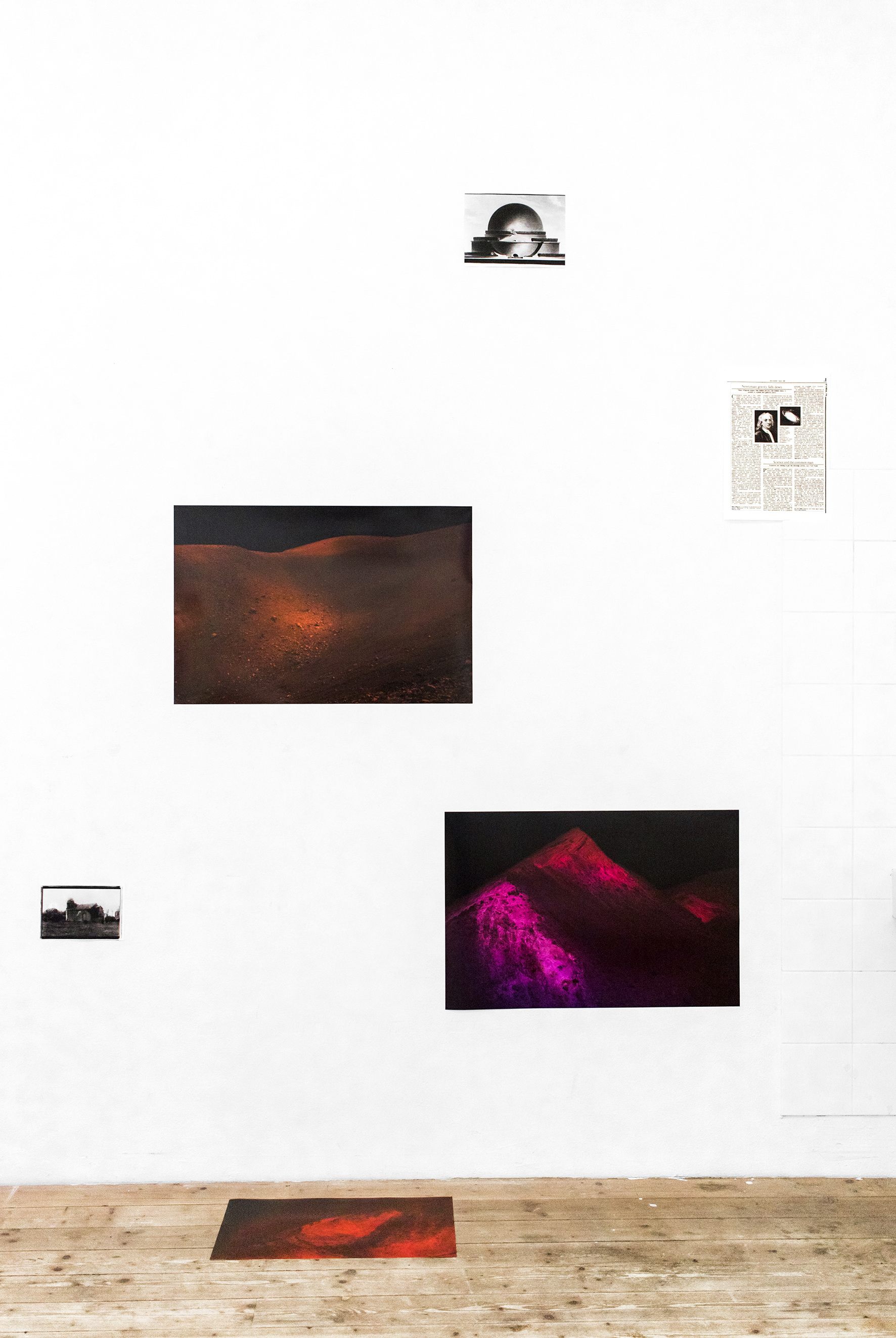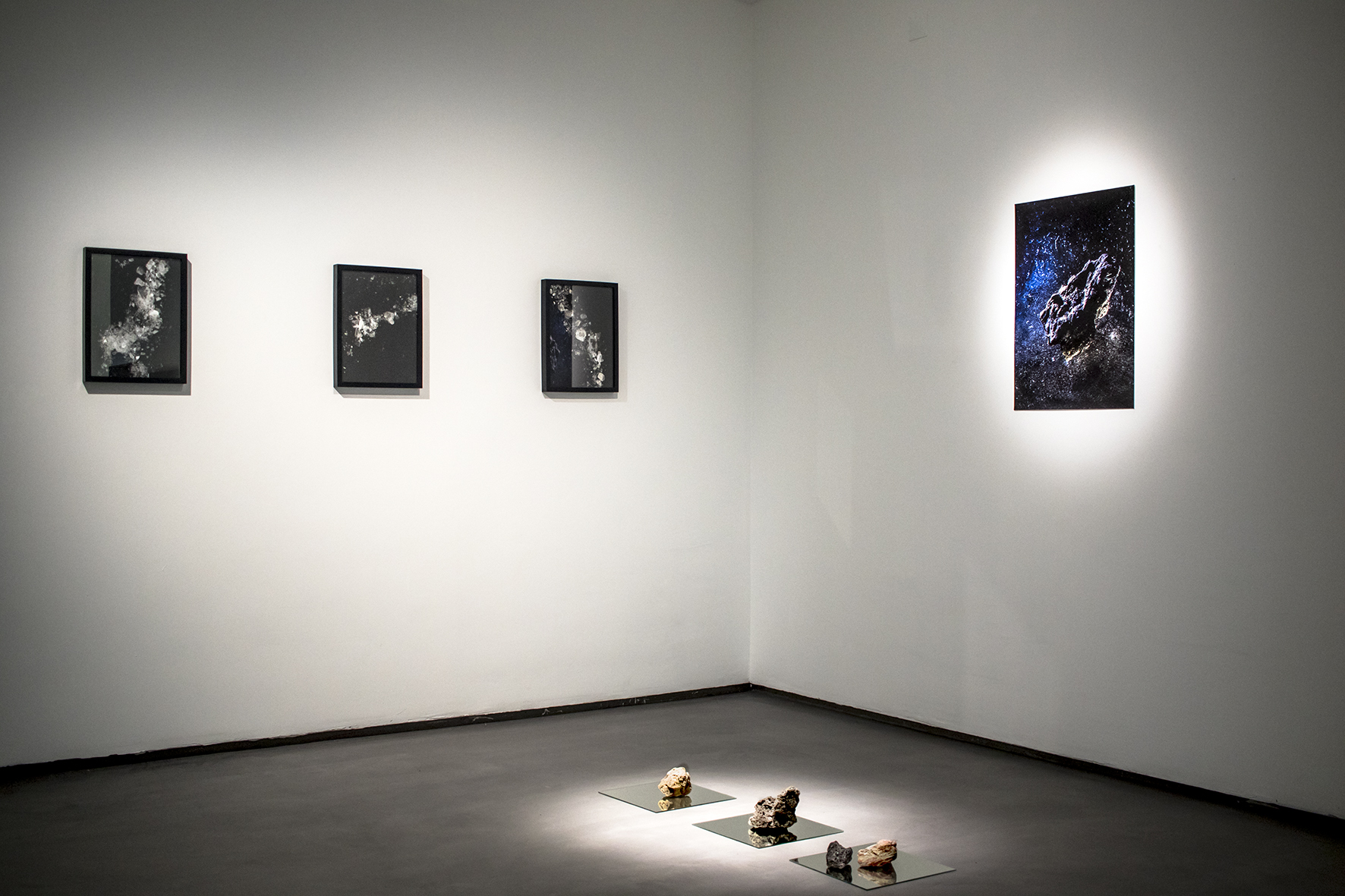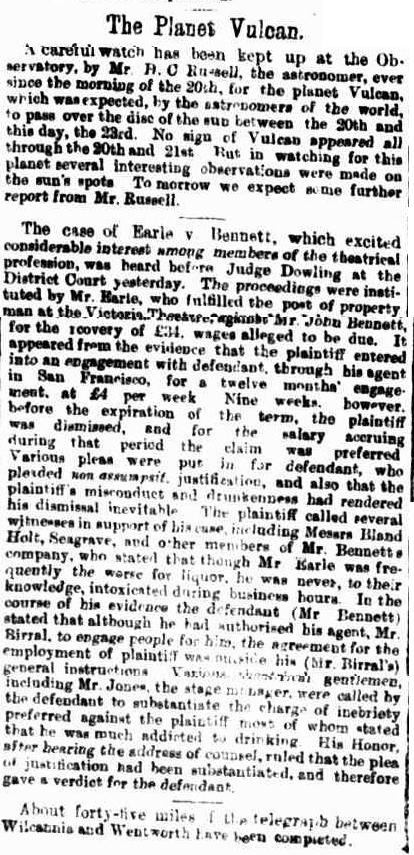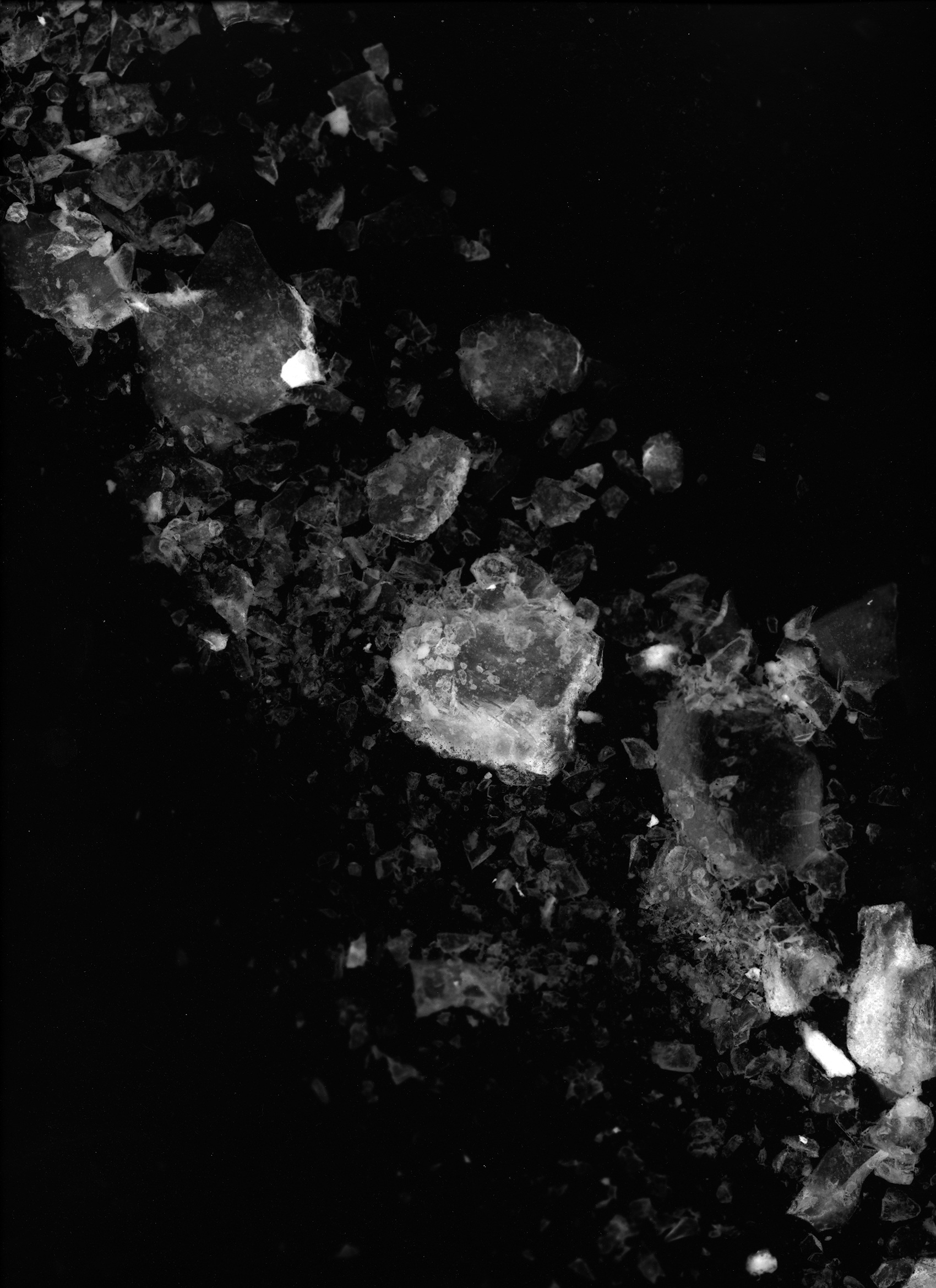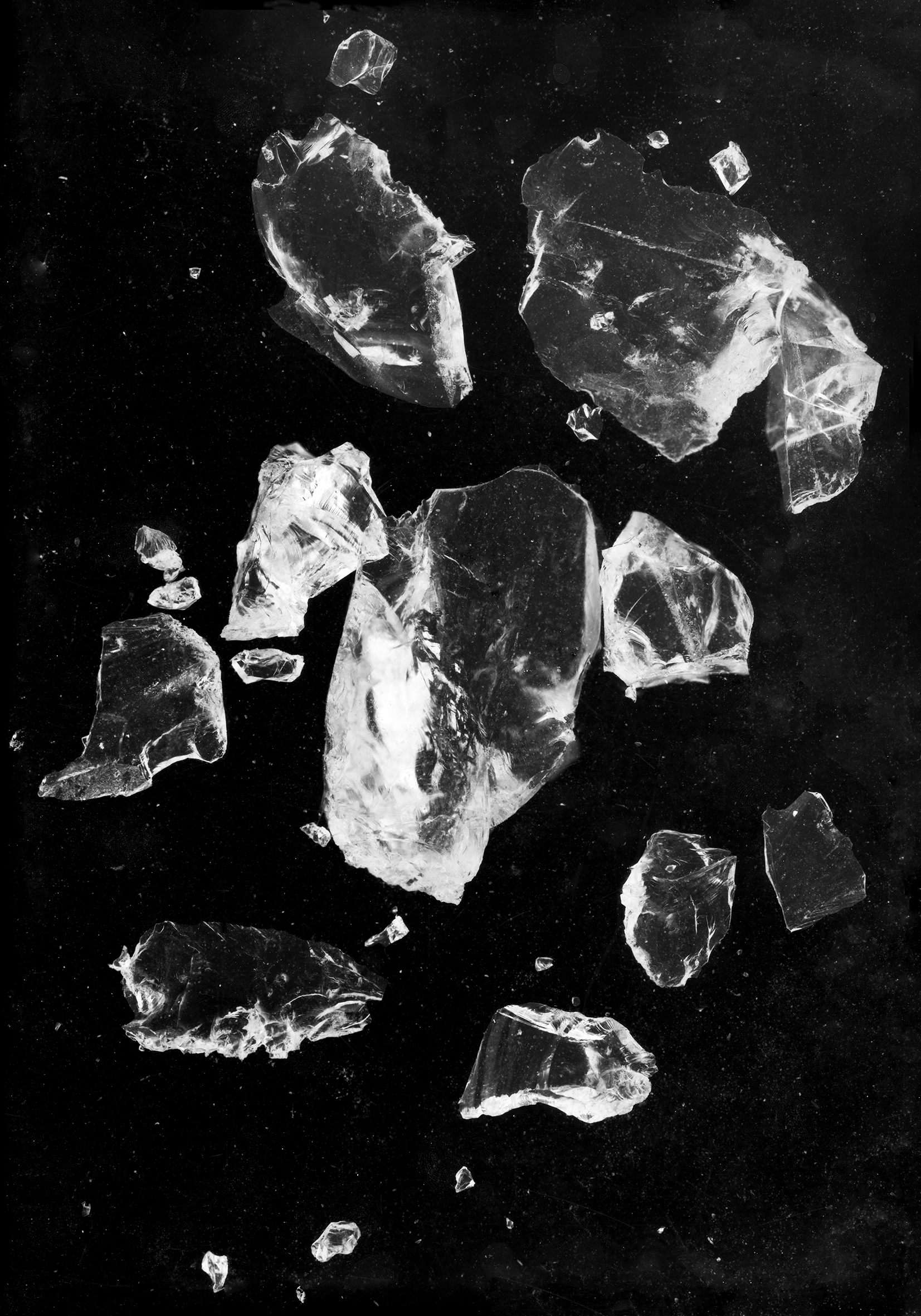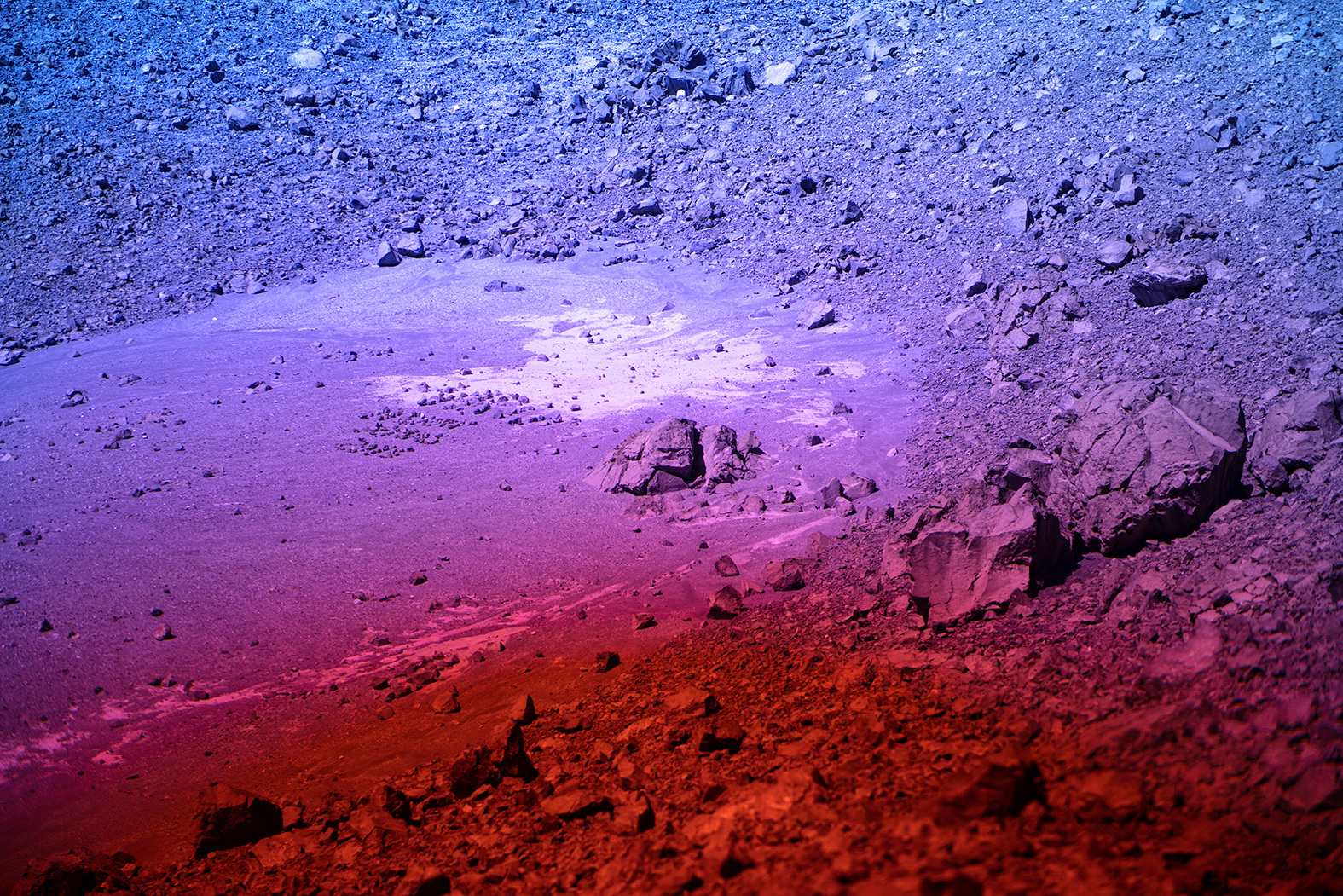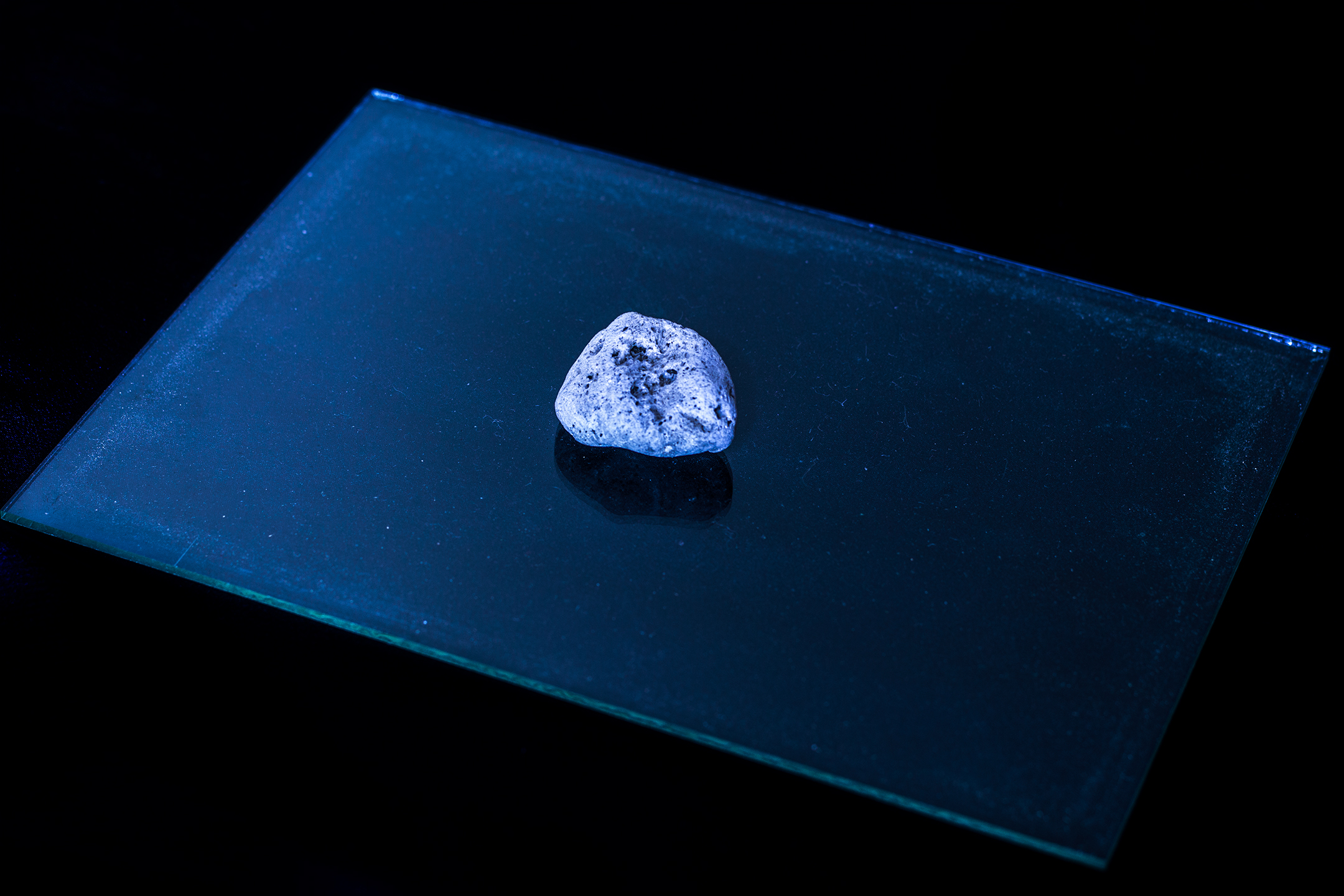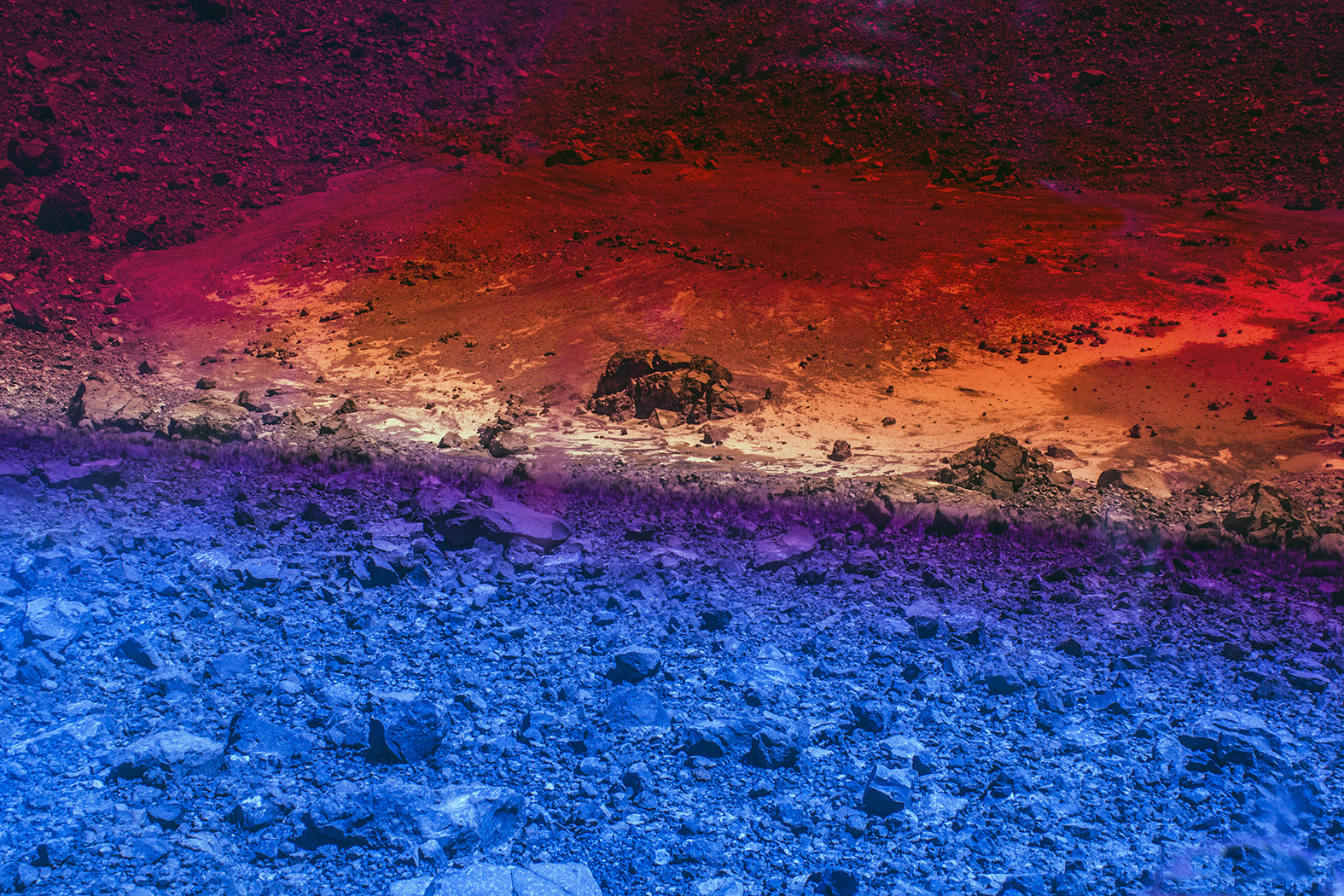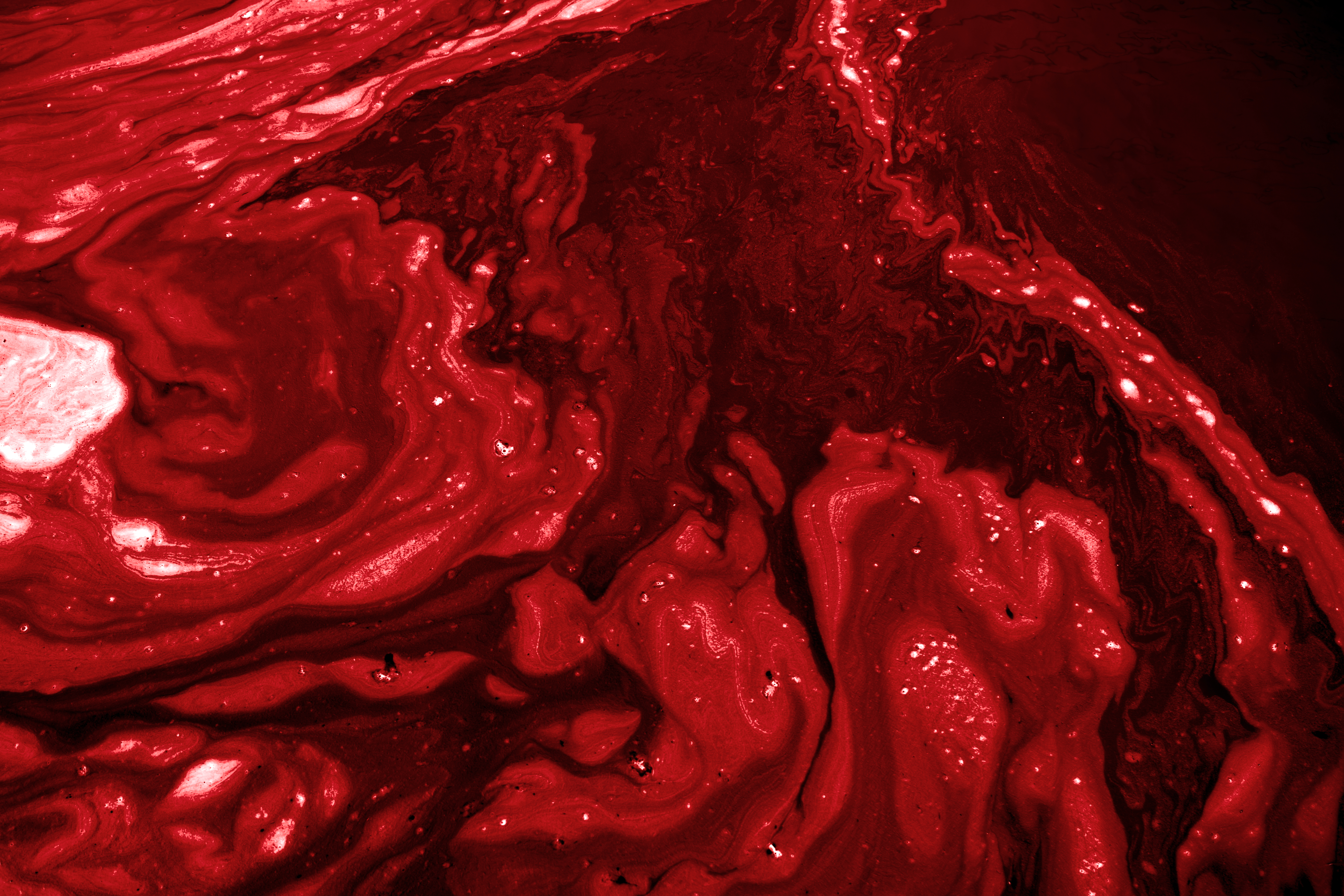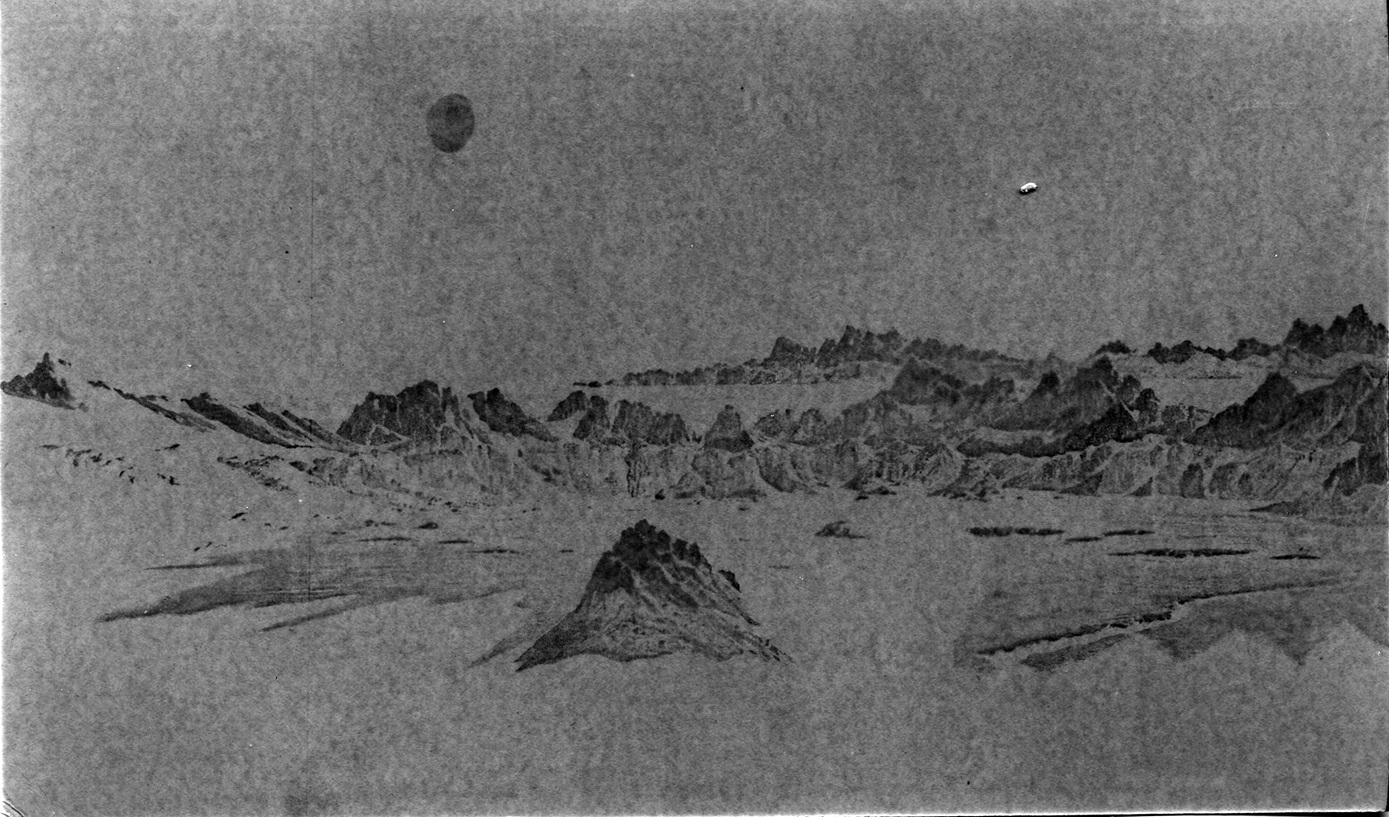Vulcano
2018-2020
In the nineteenth century, the French astronomer Urban Le Verrier, known for the discovery of Neptune, found that the precession
of Mercury perihelion was bigger than what Newton's theory of gravity predicted.In an attempt to explain the discrepancy, he presumed the existence of a planetary mass located between the Sun and Mercury. The idea gained traction when an amateur astronomer, Edmond Lescarbault, claimed to have seen the planet transiting the sun on the afternoon of March 26th, 1859. After meeting him to confirm this observation Urban Le Verrier was convinced and rapidly annouced the discovery of the new plane, giving it the name Vulcano. A hunt between professional and amateur astronomers started but nothing was ever found because the planet simply wasn't there. Only by 1915 the hypothesis of Vulcan finally fell down with the discovery of Einstein’s General Theory of Relativity. An entirely different approach of the understanding of gravity was introduced, presuming that space and time were not static after all but dynamic instead. Consequently, a vast mass like the sun creates curvature in space-time, shaping Mercury’s orbit itself. The existence of another planet was, therefore, no longer a viable possibility.
The present project shows the rediscovery of Vulcano and its imaginary cosmos. It joins together pictures and geological features from a small island called Vulcano, a black and white archive, a small video, photograms of rocks and Einstein’s grid of relativity.
In the nineteenth century, the French astronomer Urban Le Verrier, known for the discovery of Neptune, found that the precession
of Mercury perihelion was bigger than what Newton's theory of gravity predicted.In an attempt to explain the discrepancy, he presumed the existence of a planetary mass located between the Sun and Mercury. The idea gained traction when an amateur astronomer, Edmond Lescarbault, claimed to have seen the planet transiting the sun on the afternoon of March 26th, 1859. After meeting him to confirm this observation Urban Le Verrier was convinced and rapidly annouced the discovery of the new plane, giving it the name Vulcano. A hunt between professional and amateur astronomers started but nothing was ever found because the planet simply wasn't there. Only by 1915 the hypothesis of Vulcan finally fell down with the discovery of Einstein’s General Theory of Relativity. An entirely different approach of the understanding of gravity was introduced, presuming that space and time were not static after all but dynamic instead. Consequently, a vast mass like the sun creates curvature in space-time, shaping Mercury’s orbit itself. The existence of another planet was, therefore, no longer a viable possibility.
The present project shows the rediscovery of Vulcano and its imaginary cosmos. It joins together pictures and geological features from a small island called Vulcano, a black and white archive, a small video, photograms of rocks and Einstein’s grid of relativity.
